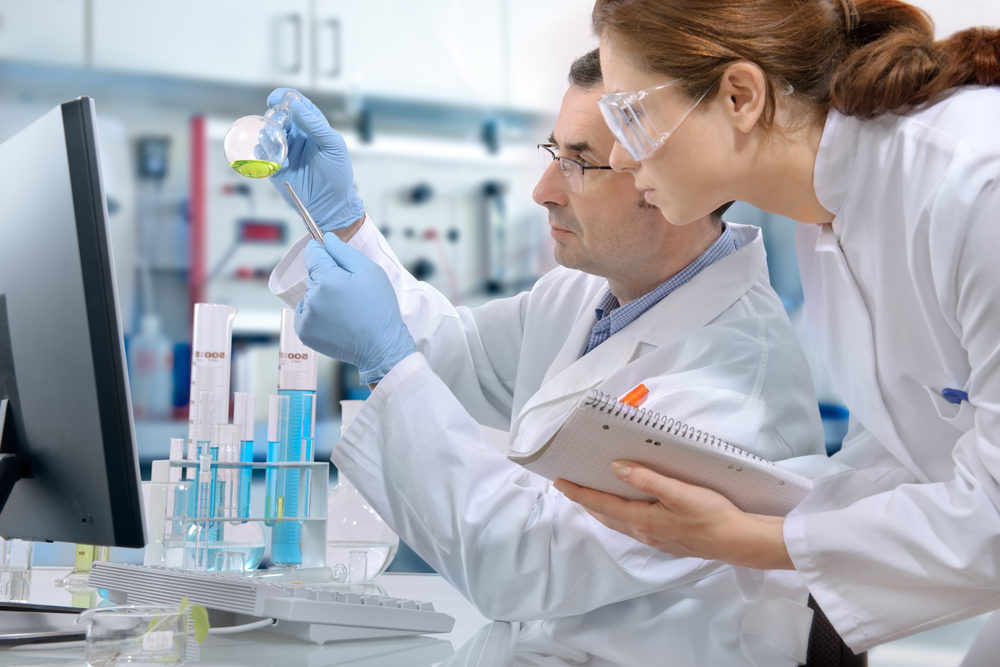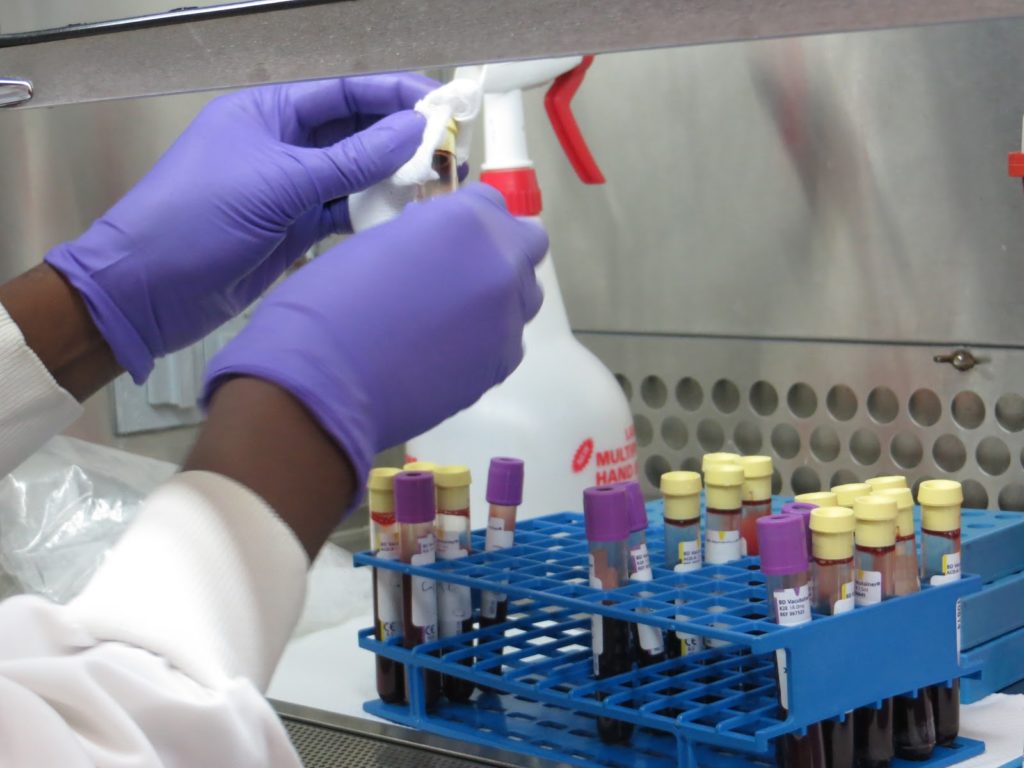Antibiotic Resistance: In a new study, scientists have detected antibacterial proteins in the blood of Komodo dragons. Molecules that would allow them to resist deadly infections but could help us fight against antibiotic resistance. The Komodo dragon (Varanus komodoensis) is the largest species of lizard alive on Earth, typically between two and three meters in length.
Carnivores, such as Komodo dragons, are known to feed on carrion, but it also happens to attack prey directly. It then uses its long tail, claws, and especially jaw to get over it. However, their teeth are far from the only weapon that hides within its mouth. Previous studies have shown that the mouth of the dragon was a true nest with bacteria: at least 57 different species could be detected there, which would give to the death of its victims.
But how does the reptile body manage to resist these dangerous bacteria? Scientists from George Mason University in the US unveil the answer in a new study published by the Journal of Proteome Research. The resistance of the Komodo dragon would hide in its blood, and this could even help us fight against the resistance of bacteria to antibiotics.
Antibiotic Resistance: Fragments of antibacterial proteins
To get to that point, the team took and analyzed Komodo dragon blood. The objective is to investigate the presence of cationic antimicrobial peptides (CAMPs). As the name implies, these molecules have antibiotic properties and a synthesized by the majority of living beings, representing an essential part of the immune system. “It is this part of the immune system that keeps you alive for two to three weeks before you can make antibodies to a bacterial infection. “This is part of your overall immune response,” Monique van Hoek, co-author of the new study, said in a joint statement in 2015.
To detect CAMPs, researchers used an innovative approach called “bioprospecting” Negatively charged hydrogel to capture positively charged peptides. In a previous study, they had used the same method to study blood taken from alligators. This research made it possible to prove peptides as diverse as sophisticated. Following these results, Van Hoek and his colleagues decided to reproduce the same with the Komodo dragon, which led to the identification of 48 potential CAMPs.

Antibiotic Resistance: Peptides tested on resistant bacteria
According to the results, 47 peptides out of the identified 48 derived from histones, proteins already known to have antimicrobial properties. After synthesizing eight of these peptides, scientists decided to test their potency on two species of bacteria and not just any. Pseudomonas aeruginosa, bacillus pyocyanin, Staphylococcus aureus, or Staphylococcus aureus can both show great resistance to antibiotics.
However, in the face of the Komodo dragon peptides, they did not last a long time: seven of the eight peptides tested succeeded in killing the two bacteria while the last one was only effective on P. aeruginosa. “This study demonstrates the potential and promise of our bioprospecting approach in the discovery of cationic antimicrobial peptide,” scientists write in their study, “and this reveals the presence of a plethora of new histone-derived antimicrobial peptides in the Plasma of the Komodo Dragon. “

Antibiotic Resistance: A new track against antibiotic resistance?
While the efficacy of peptides on resistant bacteria seems promising, it is still too early to know if this could lead to the development of new antibiotic treatments. At present, it is still unclear how these substances produced but also how they regulated, as scientists point out. Do these peptides naturally enter the plasma composition, or are they produced as a result of the detection of pathogens?
Future research is conducted to answer this question. Researchers are also considering whether this phenomenon limited to the Komodo dragon or whether it occurs in other species, including humans. “We hope that all this research can be a basis for developing new treatments,” Professor Monique van Hoek said in 2015. An important perspective, while antibiotic resistance is an increasingly worrying health problem.


